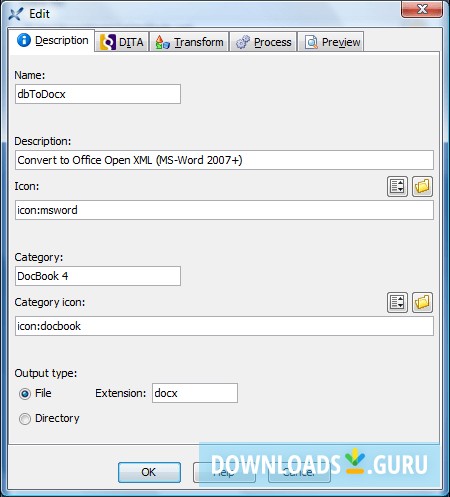

More generally, clicking on the “tear-off” dashed line found in a tab may be used to split the tabbed Tool back to the pane containing all the other tools. If you don't like this layout or if your screen resolution is too low to allow this, simply click on the “tear-off” dashed line found in the Edit tab. By default, XMLmind XML Editor displays both It is possible to display two tools at the same time. One location to another automatically leave an invisible back mark behind them. Clicking on an entryĬloses the dialog box and then causes XXE to jump to the corresponding location.Īdd the current location of the caret to the navigation history.Ĭlicking this menu item is rarely needed as most commands which causes XXE to jump from The navigation history is automatically cleared after closing all the documents opened in XXE.ĭisplays a menu containing the following entries:ĭisplay a dialog box containing all the entries of the navigation history. And if this other document has been closed by the user, XXE will attempt to reopen it. For example, clicking Go Back may cause XXE to jump to another document. The navigation history is common to all the documents opened in XXE. Find and replace element commands such as Search → Find and Replace Element → Find Ele-ment, Search → Find and Replace EleEle-ment → Find and Replace EleEle-ment, etc.

Text search and replace commands such as Search → Search, Search → Find Next, etc.Edit → Reference → Edit Referenced Document and Edit → Reference → Edit Referencing Document.The commands which automatically leave a back mark behind them are: Menu items Go Back and Go Forward allow the user to navigate back and forthīetween the current location of the caret and these back marks. Such marks, specifying a location in a document, are recorded in the Most commands which causes XXE to “jump” from one location to another automatically leave an


 0 kommentar(er)
0 kommentar(er)
